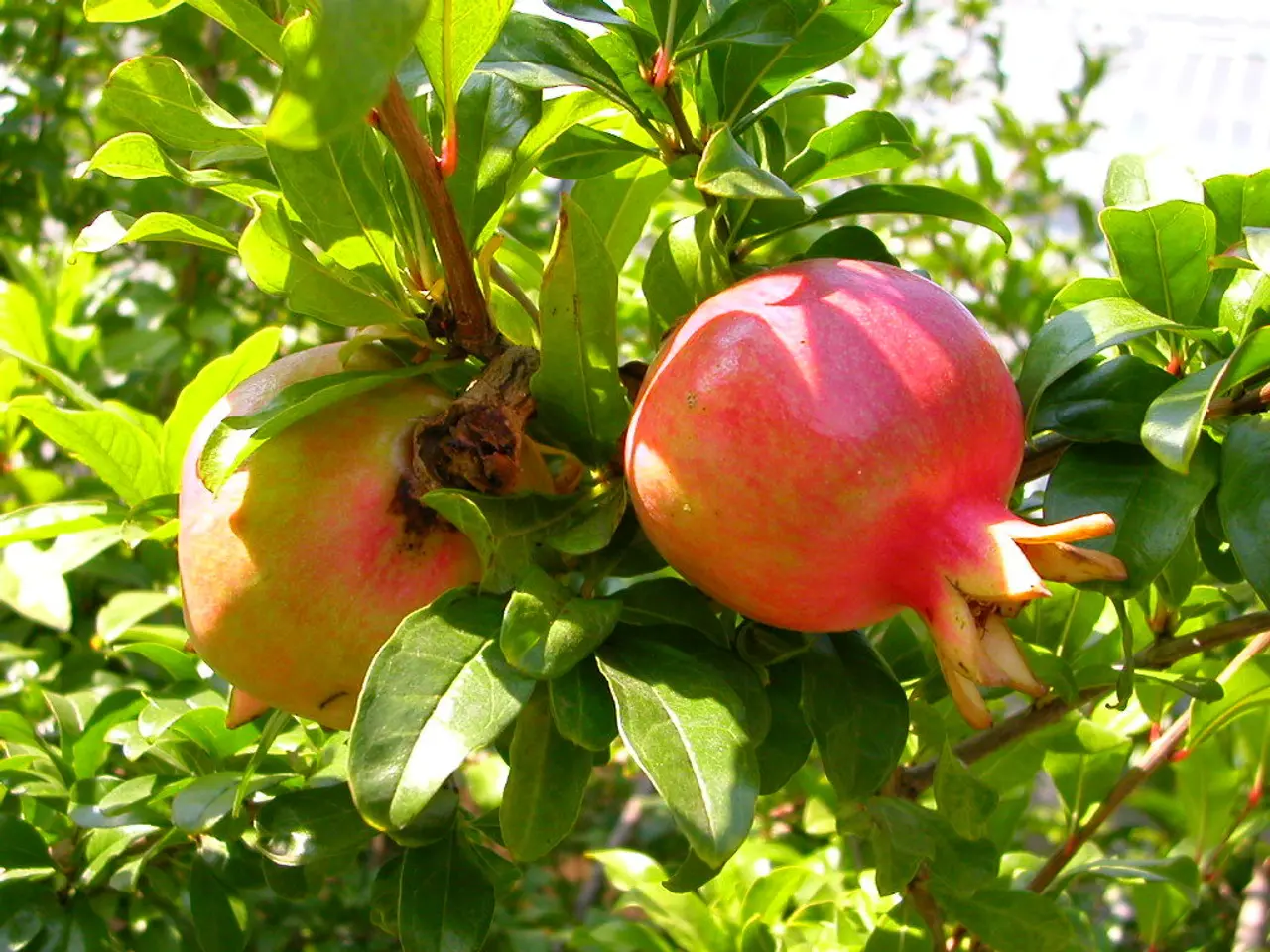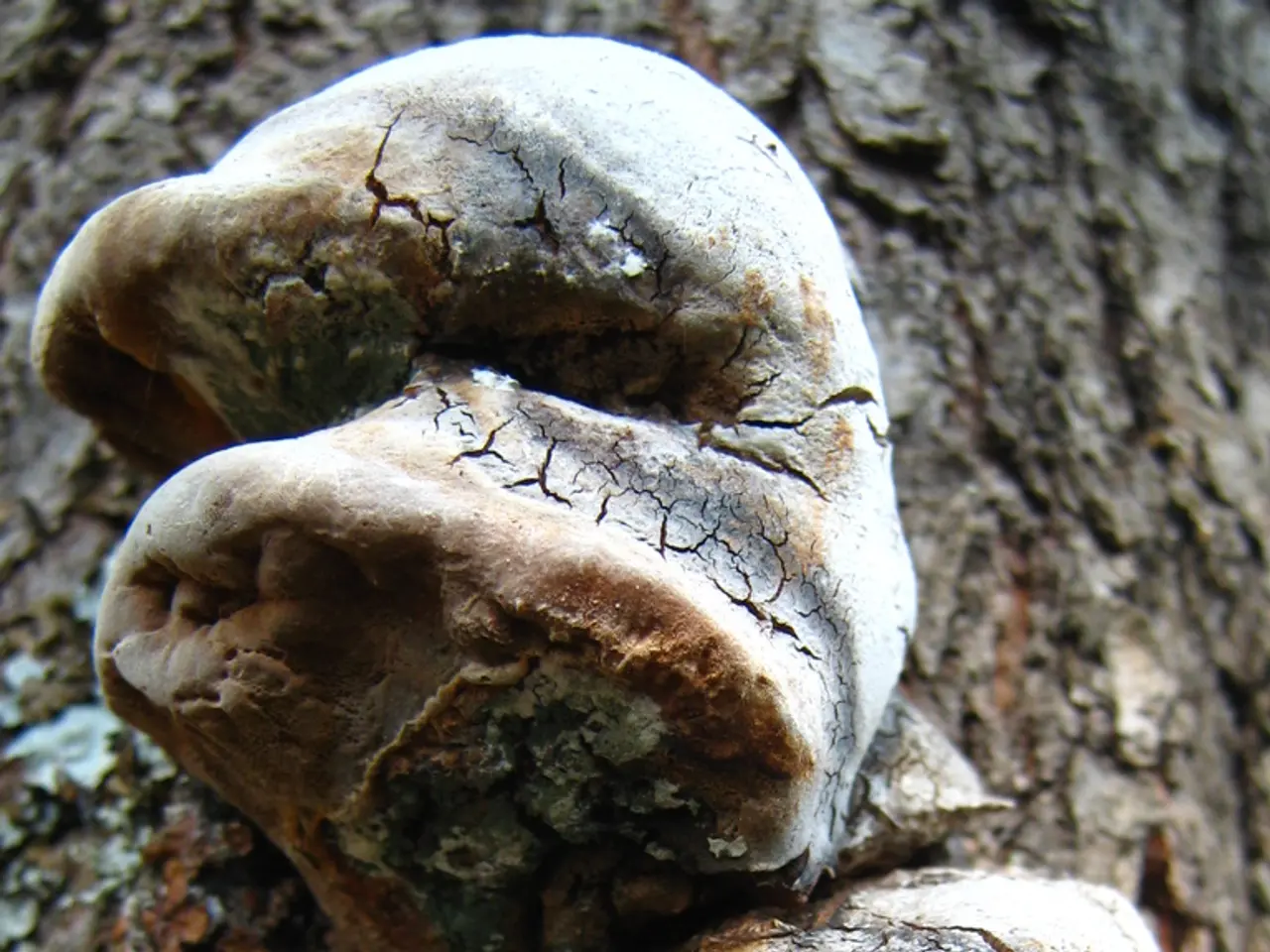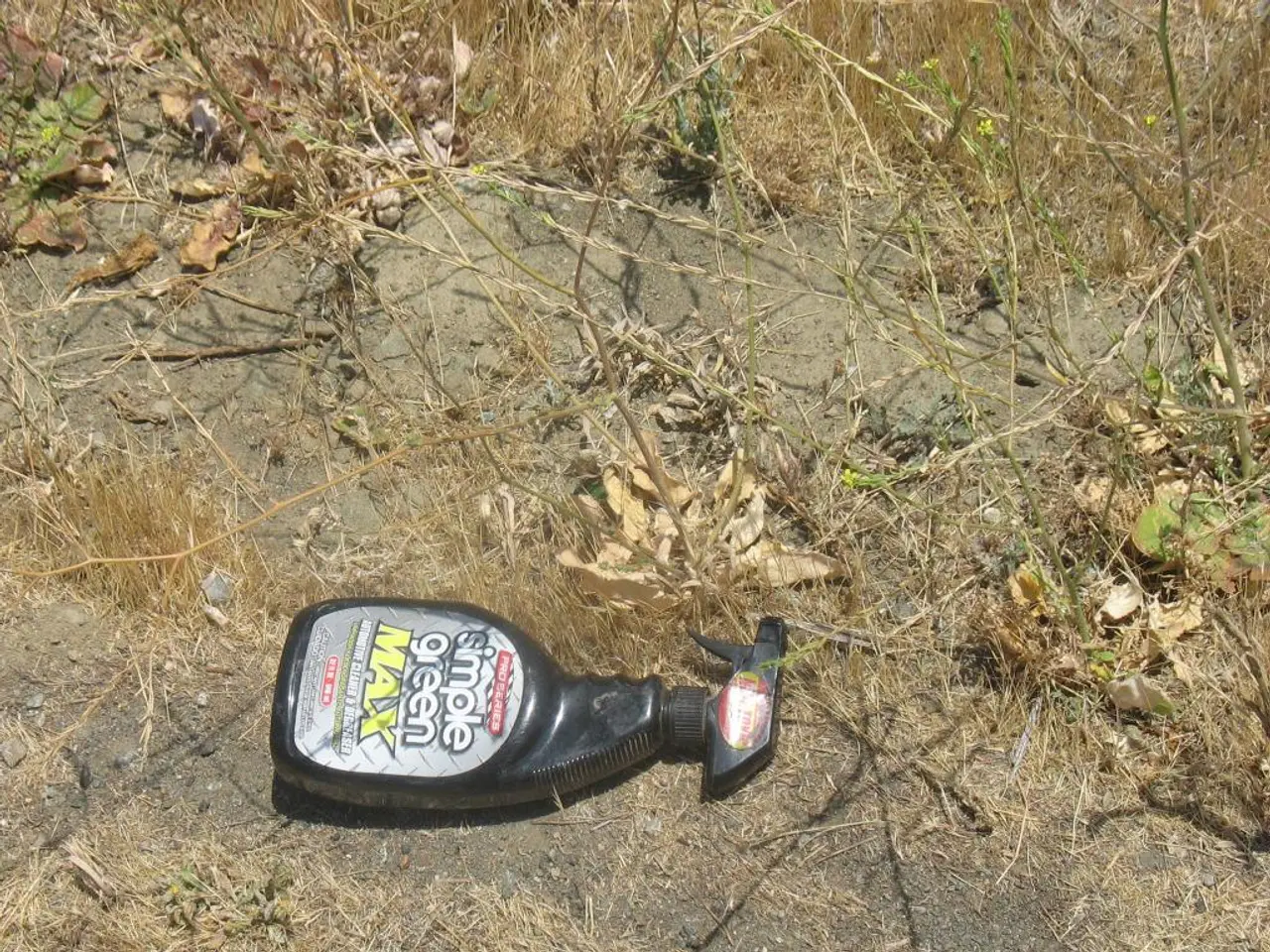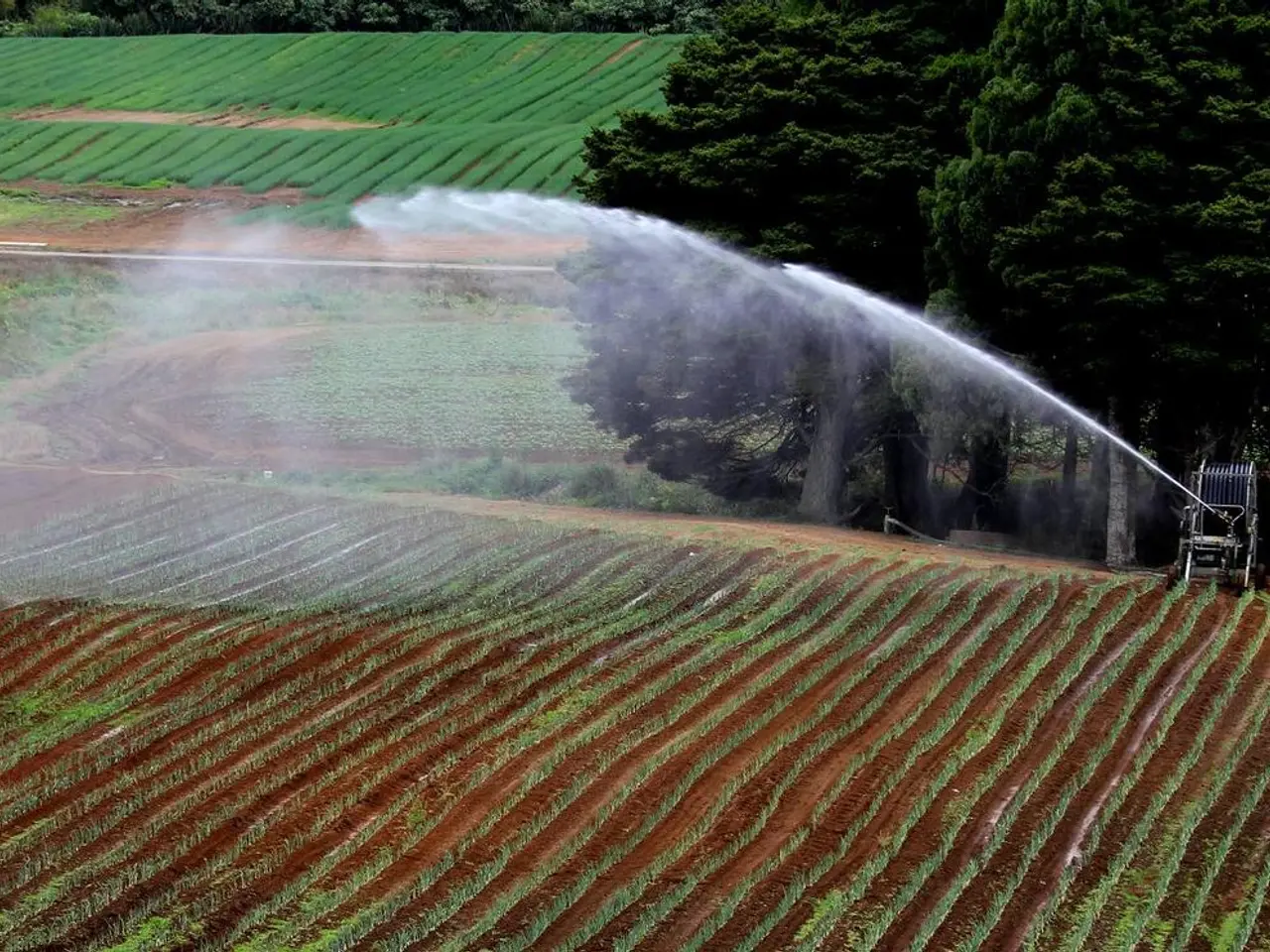Growing Seeds for Harvest: A Cultivation Guide
Growing Plants from Seeds: A Comprehensive Guide
📄 Quick Read Starting plants from seeds can be a rewarding process; however, it requires the right conditions to germinate successfully. This guide provides an overview of the stages, factors, and best practices for sprouting healthy seeds.
-
The Journey of Seed Germination
Germination is divided into three stages:
- Swelling and Hydration- The seed soaks up water, swelling and softening its coat. This process triggers enzymes and metabolic activity [6].
- Respiration and Growth- Once the seed is hydrated, it organizes its cells for growth [7].
- Tiny Roots and Shoots- The seedling emerges when the enzymes break down the seed coat, leading to visible roots and shoots.
-
Essential Elements for Seed Success
Several factors play a role in successful seed germination:
- Water: Seeds need a moist environment to absorb water and activate enzymes [8].
- Oxygen: Adequate oxygen ensures proper cell division and energy production [8].
- Temperature: Most seeds thrive within a temperature range of 15°C-30°C (59°F-86°F), with cool-season crops preferring cooler conditions [1][4].
- Light: Light needs vary: some seeds require light to germinate, while others favor darkness [8].
-
Tips for Germinating Seeds
- Check Seed Viability- Verify seed quality by inspecting them for damage or checking their floating/sinking behavior [9].
- Choose the Proper Medium- Use loose, well-draining soil or a seed-starting mix to facilitate root development [2].
- Planting Techniques- Plant seeds at a depth of 2-3 times their diameter to encourage proper sprouting [9].
- Optimal Conditions- Keep soil moist and maintain consistent temperatures (use heat mats if necessary) [9].
- Monitor Progress- Keep an eye out for signs of sprouting, usually within days or weeks, depending on the species [9].
-
Common Pitfalls in Seed Germination
- Water Management- Too much water may lead to fungal diseases or oxygen deficiency, while too little water can prevent germination [8].
- Temperature Extremes- As temperatures deviate from the optimal range, germination may slow or halt [8].
- Old and Damaged Seeds- Fresh seeds are crucial for successful germination [9].
- Pests and Diseases- Protect seeds from pests and mold to prevent infections [9].
-
Wrapping Up
Seed germination is a crucial step in starting plants, and understanding this process is vital for ensuring strong seedlings. With the right conditions and careful preparation, you'll anticipate the growth of healthy plants whether you're starting a home garden or cultivating crops on a large scale [10].
For further reading, check out the resources below:
Read More
Understanding the Basics
- Temperature: Optimal range for seed germination is 15°C-30°C (59°F-86°F). Cool-season crops thrive in 15°C-20°C (59°F-68°F), while warm-season crops prefer temperatures between 20°C-30°C (68°F-86°F) [1][4].
- Water: Adequate moisture and avoiding excess water keep seeds hydrated and promote germination [5].
- Oxygen: Proper aeration ensures seedlings receive the necessary oxygen to survive and grow [5].
- Light: Seed requirements differ—some need light, while others require darkness [5].
Challenges and Solutions
- Poor Water Management: Prevent overwatering or underwatering to maintain optimal moisture levels [8].
- Temperature Extremes: Maintain consistent temperatures to encourage germination [8].
- Old or Damaged Seeds: Seed freshness is key to successful germination [9].
- Pests and Diseases: Protect seeds from pests and maintain clean, sanitized seed-starting areas to prevent infections [9].
Additional Considerations
- Light Intensity: Light intensity and exposure duration can impact germination rates [1].
- Humidity: Maintaining humidity around 65-75% can support optimal germination conditions [2].
- Creating a home-and-garden lifestyle can be enhanced by understanding the process of seed germination for home gardening, as it contributes to the growth of healthy plants from seeds.
- Growing plants from seeds involves several factors such as proper water management, essential light requirements, and choosing the correct medium, which all play a crucial role in seed success and the emergence of tiny roots and shoots.








